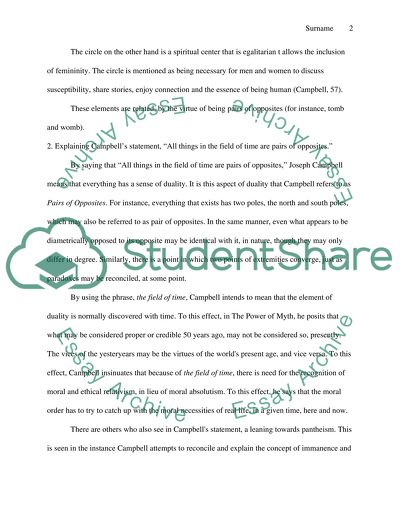Cite this document
(“Joseph Campbell's many archetypal images Essay Example | Topics and Well Written Essays - 1750 words”, n.d.)
Retrieved from https://studentshare.org/literature/1482185-week
Retrieved from https://studentshare.org/literature/1482185-week
(Joseph Campbell'S Many Archetypal Images Essay Example | Topics and Well Written Essays - 1750 Words)
https://studentshare.org/literature/1482185-week.
https://studentshare.org/literature/1482185-week.
“Joseph Campbell'S Many Archetypal Images Essay Example | Topics and Well Written Essays - 1750 Words”, n.d. https://studentshare.org/literature/1482185-week.


